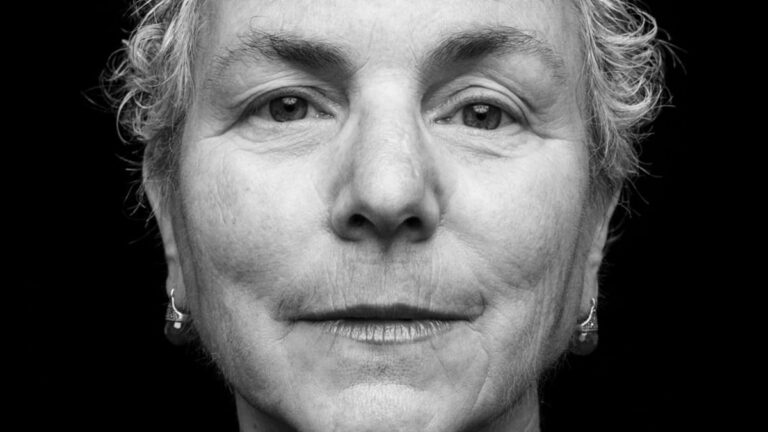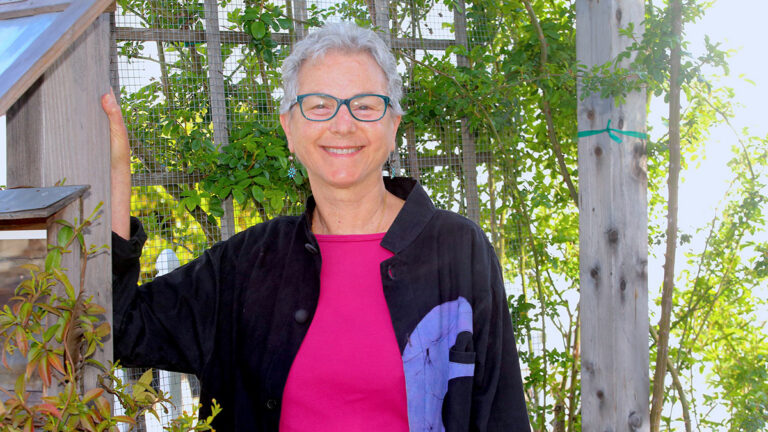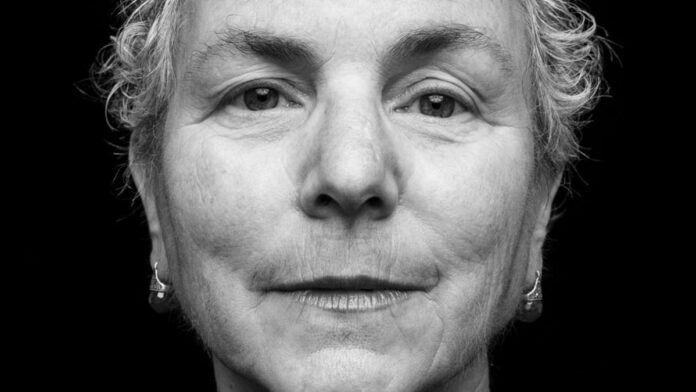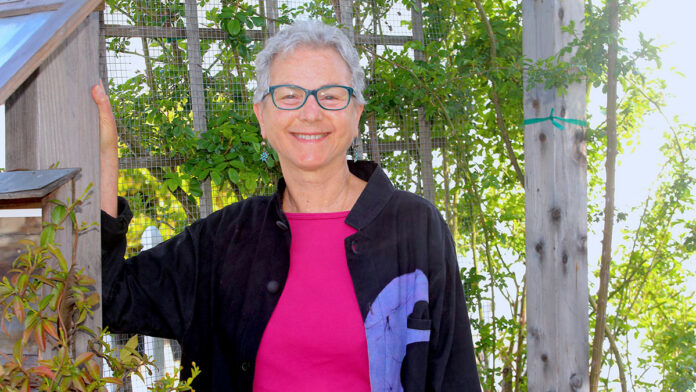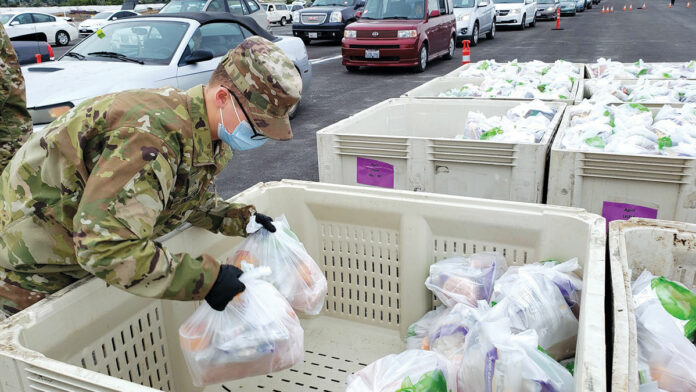Esoteric astrology as news for the week of April 29, 2020
Disciples everywhere around the world are preparing this week for the Wesak festival, the Buddha full moon occurring next Thursday in the early morning. Every year the Buddha visits the Earth as the messenger for the Lord of the World to His people. The festival occurs in a hidden valley in the Himalayas during the month of Taurus, sign of illumination.
Taurus is the time the Buddha was born, attained enlightenment and left the Earth. Now the Buddha returns each year to bless the world, appearing for eight minutes in the subtle plains of Earth. This festival is a time of supreme spiritual activity as the Forces of Light, working with the Buddha, increase the flow of intelligence and enlightenment into the world, bringing wisdom and understanding to people everywhere. It is a real and living event.
The Buddha resides in Gobi in the etheric (subtle) plane with the Father of the World. In the hidden Wesak Valley between two mountain ranges, on a large flat rock, one can see a crystal bowl of pure water. The Great Ones gather and just prior to the full moon perform a sacred dance on the floor of the valley to the sounds of Om. The dance and Oms call to the Buddha to appear saying “We are ready, Buddha! Come.”
And so the Buddha appears in the heavens, and the souls of everyone awaken and our world in crisis and desperation focuses upon this event of lighted and loving brilliance. A great sun radiates behind the Great Lord as his hand extends in a blessing to all the kingdoms of Earth, especially humanity. A great vibration is set upon the Earth; a spiritual vitalization of humanity occurs, remaining with us throughout the year. This is a uniting of east (Buddha) and west (Christ), and a bridge of light is formed. Divine energies, inaccessible any other time, become available.
We can participate in our way by placing a crystal bowl with pure water in our gardens, and by reciting the Great Invocation at the moment of the full moon. In this way, through our intentions, dedication, knowledge and efforts, the healing light and love needed by humanity at this time descend on earth. And the door to evil begins to close, as it must (and it must be done by humanity). Om.
ARIES: By now your leadership is apparent and everyone sees it and some will think you’re driven (you are) and others will think you’re overconfident (maybe) and others will follow you (guide them with care) and others won’t acknowledge you at all (that’s OK). With all that’s at stake in our world, tend to your conduct (manners and politeness), keep promises, be kind, and rest when exhausted. You have a long road ahead. The Shamballa force is with you.
TAURUS: We find you daily on a course of active research and investigation learning about the changes occurring on our planet and figuring out how to best respond to those changes, creating a new reality and fully preparing for humanity’s needs. If you are not doing this yet, you will soon. You realize that at all beginnings one must keep quiet so the initial energies are not dispersed (and disappear). You are correct. Maintain silence and secrecy till you know whom to trust and who is safe.
GEMINI: Do allow others to know what your plans are, because once they’re known you will set up connections that take you beyond your usual contacts, into realms where humanitarian concerns are the focus. Deep within, you have hopes and wishes, dreams, desires and aspirations to assist humanity. I suggest you do a study of humanity’s true history, which is also your history. We are our ancestors. I suggest a study of your astrology chart, too. It reveals our past, present and future. They call to you.
CANCER: Perhaps you felt tired of your usual presence in the world and have distanced yourself—then, surprisingly, you find you are reestablishing yourself within a new context. In so many ways you are needed, appreciated and recognized, even though you may not realize this. Be therefore very attentive to what is positive, and attempt to dislodge all that isn’t. Then create greater self-confidence and greater truth, which you always seek. Your mantram: “Let reality govern my every thought.”
LEO: Have you been calm recently, or do you need to summon calmness from deep within? Are you concerned with matters close by, or at a distance? Are you in touch with relatives, communicating with others while working on not being impatient and irritable? Future plans arrive soon. Life changes, too. Save your money for a couple of long rainy days, and for a special journey you long to do which you realize will transform you.
VIRGO: So what things, events, realities in your life need to be reoriented, salvaged, retrieved, reclaimed and/or rescued? It could be anything, from the present to the past and well into the future. Complete taxes during this time of quiet. You do best when pondering upon a problem, listening carefully to subtle impressions received. Then you become resourceful, creative, and quite revolutionary. Talents needing to be recognized emerge. What are they?
LIBRA: Adapting to and harmonizing present situations and environments is most important. In your daily life’s atmosphere, even if exhausted, attempt to maintain tranquility and kindness. These will be like an umbrella protecting you from metaphorical rain and hail. Cooperation is a good keyword for you, a meditative seed thought to bring you closer to everyone. Support their ideas, endeavors, and whatever stage they are experiencing. Om is your second keyword. Om, chanted over and over, settles your heart.
SCORPIO: Whatever you find yourself doing each day, begin by saying the following mantram: “I find more and more organized ways of doing tasks each day. This gives me more time for creative pursuits which are seeking me.” Like the words to Libra, being kind and helpful to others assists in an opening of your heart that will then reveal answers to questions and information you seek. Careful with words. Use them to heal (not hurt).
SAGITTARIUS: You may need a bit more social life, activities that make you laugh and let you know life is good. You may also need to drop any anxiety about the future, for it will come no matter what you do and it has its own agendas for you. You may try and work more quietly within yourself, trusting that whatever occurs is calling you to success and leadership. What am I saying here? Your life is spiritually planned. It’s already ahead of you. Everywhere the grass grows by itself.
CAPRICORN: Tending to parents is a good thing to do at this time. When one gets older, they shift their security base, allowing their children to lead. This is a natural order of things. I’m reminded of the photography of the young baby being held by his father and much later in life there was a photograph of that baby, grown up, carrying his father.
AQUARIUS: Being in touch with brothers and sisters is important now. Make this contact regularly—it releases love in the family. Make these interactions everyday transactions. You will begin to advance the life force, anchored in the heart of everyone, within your family. Do this with conscious choice as a daily act of goodwill. Your life will then gain more meaning and cohesiveness, which you seek.
PISCES: You want a new life, a new environment, different resources, more freedom. It’s good to create all of these in solitude and within the imagination first. What we imagine eventually comes true. Create new journals titled Resources, Finances, Environments, and Community. And another one called Hopes, Wishes and Dreams. Writing in them becomes your most important creative endeavor each day. They create your future. Ask in the meantime: What is your value? What do you value? Are you of value? The answers come on little cat’s feet.







